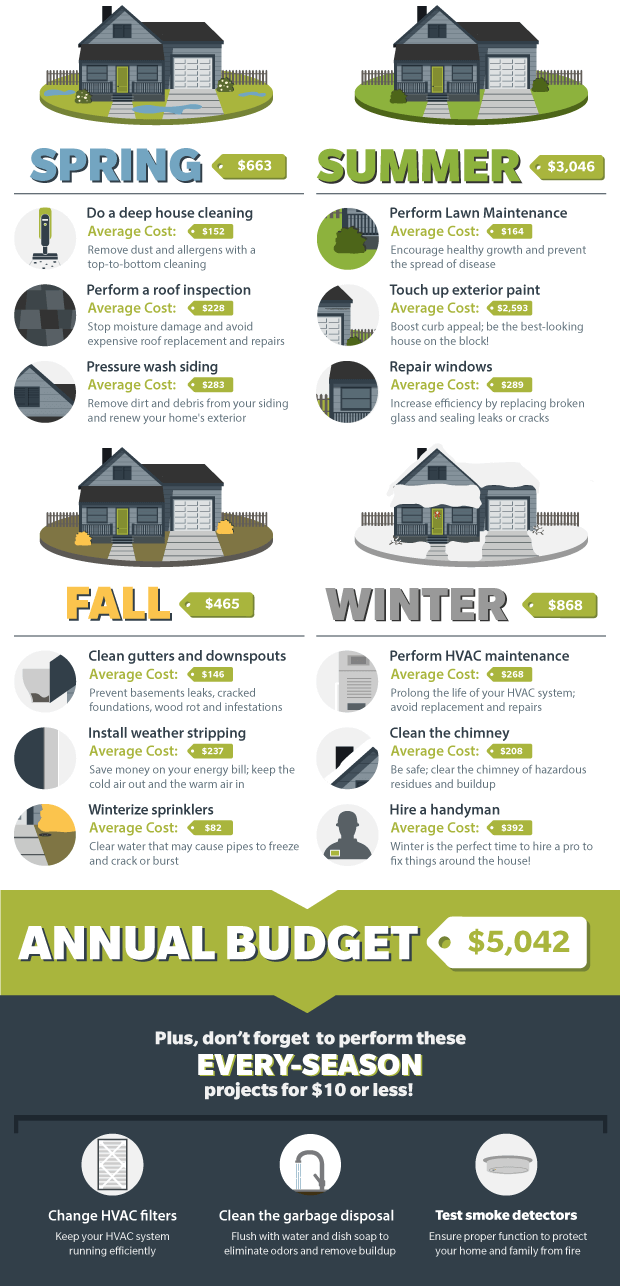Recognizing The Prices Of Solar Installment: Is It Worth The Investment?
Recognizing The Prices Of Solar Installment: Is It Worth The Investment?
Blog Article
Created By-Storm Kane
When considering the prices of solar setup, you might question the in advance investment required and whether it straightens with the possible long-lasting benefits. Recognizing the ins and outs of these expenditures and the different variables influencing the total return can shed light on the value proposition of transitioning to solar energy. By examining both the preliminary setup expenses and the forecasted savings in time, you can acquire insight into whether the investment in solar installation holds promise for your financial future.
First Setup Expenses
When thinking about the expenses of solar setup, the preliminary arrangement expenditures play an important role in your decision-making process. These in advance costs include the rate of solar panels, inverters, installing devices, and installation labor.
The rate of photovoltaic panels can differ relying on the brand, effectiveness, and dimension you pick. Inverters are important for transforming the sun's power right into useful electrical energy and be available in various types such as string inverters, microinverters, and power optimizers, each with its own cost ramifications.
Mounting equipment, such as shelfs and rails, is essential to safely install solar panels on your roofing or home.
The setup labor cost covers the professional installation of the planetary system, making certain that every little thing is set up appropriately and effectively. Keep in mind that while these first configuration costs may seem high, there are commonly discounts, tax motivations, and financing choices offered to help balance out the costs and make solar setup a lot more cost effective in the future.
Long-Term Savings Analysis
To understand the financial advantages of solar setup with time, it's critical to perform a thorough long-term financial savings analysis. While the initial setup costs of photovoltaic panels may appear overwhelming, the lasting cost savings can exceed these costs dramatically. By taking advantage of the power of the sunlight to generate electrical power for your home, you can possibly conserve thousands of bucks on your utility expenses over the lifespan of your planetary system.
Among the crucial variables to think about in a long-lasting savings analysis is the reduction in your electricity bills. With https://original.newsbreak.com/@modern-globe-1600660/2932118256644-solar-united-neighbors-helps-homeowners-embrace-solar , you can produce your power, reducing and even eliminating your dependence on the grid. This can bring about considerable financial savings, specifically as energy rates continue to rise.
In addition, many federal governments provide incentives such as tax obligation credits and discounts for installing photovoltaic panels, better enhancing your long-lasting financial savings. By capitalizing on these incentives and maximizing your solar energy production, you can appreciate substantial financial benefits for several years to come.
Return on Investment Computation
Considering the monetary advantages of solar installation, it's time to evaluate the Return on Investment (ROI) calculation. Figuring out the ROI entails contrasting the total expenses of mounting a solar system with the financial benefits it generates over its life expectancy.
To determine ROI, split the web benefit from the system by the overall financial investment cost and increase by 100 to obtain a percent. The ROI formula is: (Internet Revenue/ Total Amount Investment Price) x 100.
For example, if the overall price of installing a planetary system is $20,000, and over its life-span, it generates savings and profits amounting to $30,000, the web profit would be $10,000. Splitting https://solarpanelmicroinverter21086.snack-blog.com/30153777/efficient-techniques-for-homeowners-to-maximize-savings-from-solar-energy by the total investment cost of $20,000 gives a proportion of 0.5. Increasing this by 100 gives an ROI of 50%.
Generally, a higher ROI shows a much more financially rewarding investment. Variables like federal government motivations, maintenance prices, and power rate changes can impact the ROI of solar installments. Recognizing the ROI helps in assessing whether investing in solar energy is worth it over time.
Conclusion
To conclude, understanding the costs of solar installment is essential for establishing if it deserves the financial investment. By taking into consideration initial configuration costs, carrying out a long-term cost savings evaluation, and determining the return on investment, you can make a notified decision regarding the monetary worth of solar energy. With just click the next web site for minimized energy costs and raised energy freedom, investing in solar setup can be a smart selection for both your pocketbook and the environment.
